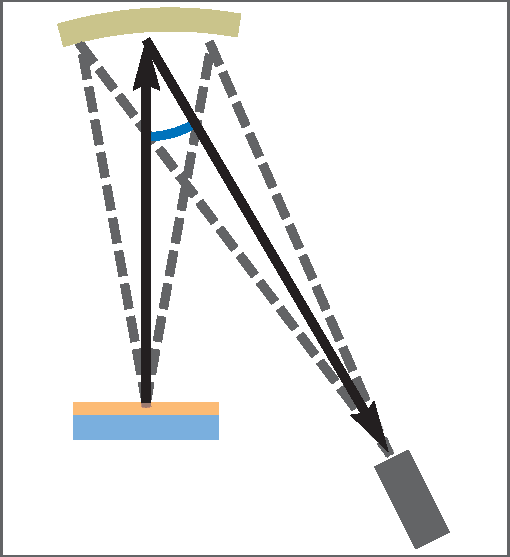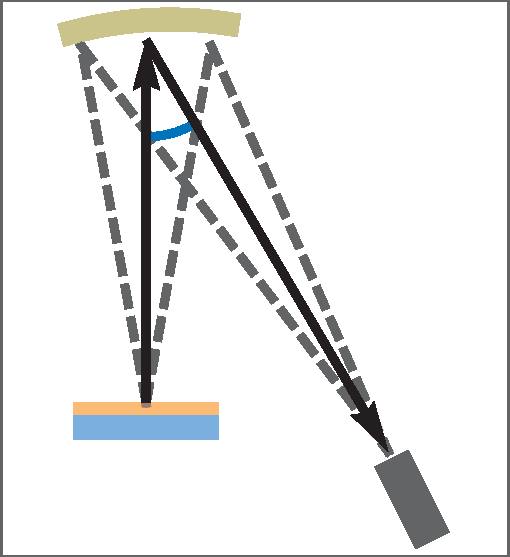X-raying the skin
X rays are routinely used to probe the electronic structure and composition of materials. There are essentially two broad classes of x-ray techniques that can measure the excited-state electronic structure of materials: surface-sensitive x-ray absorption, and bulk-sensitive inelastic x-ray scattering techniques. However, these conventional techniques cannot easily probe the electronic structure of intermediate, skin-deep, layers whose properties may deviate from those of either the surface or bulk of the sample.
Writing in Physical Review Letters, T. T. Fister and colleagues at Argonne National Laboratory and Carnegie Mellon University in the US report a new x-ray technique for studying the electronic structure and chemical composition of skin-deep layers below the surface of materials. By aiming the incident x-ray beam at very small angles ( °) to the sample surface, the scattered x-ray beam can be totally reflected within a skin depth of order . The electronic structure of these skin layers can be deduced from spectra influenced by both the direction and energy loss of the scattered x rays.
To demonstrate the feasibility of the method, the authors measure the electronic structure of a -thick epitaxial layer grown on a substrate. By adjusting the angle of the incident x-ray beam below or above the critical angle of °, they can select either the epitaxial layer, or penetrate into the substrate for a depth-profile study. This hard x-ray technique could literally shed new light on the electronic structure of a whole new class of surface and interfacial materials. – Saad Hebboul





